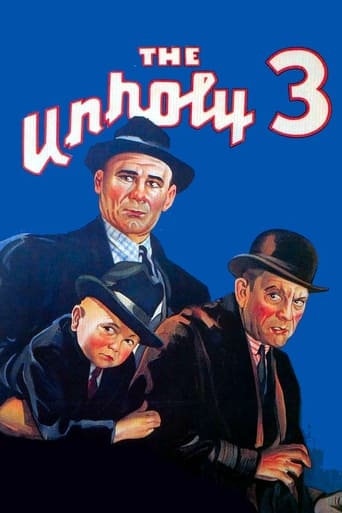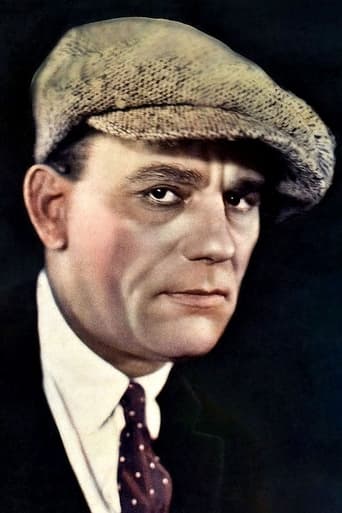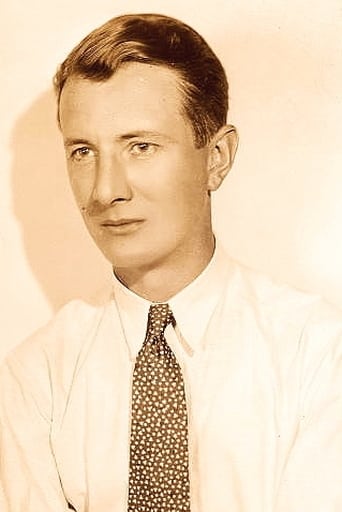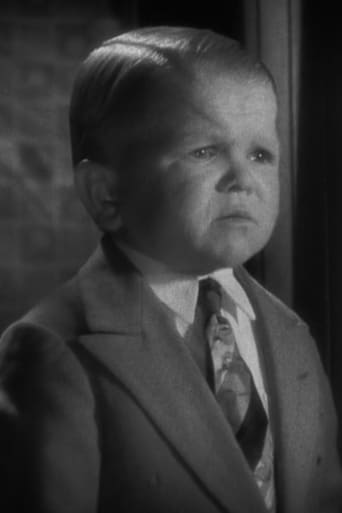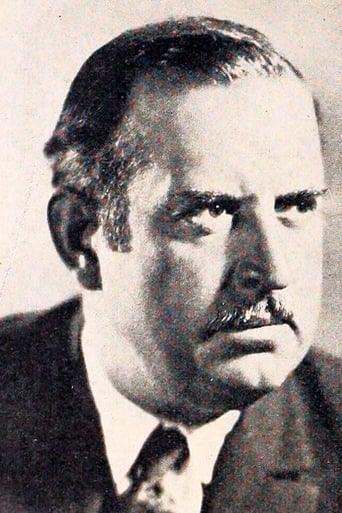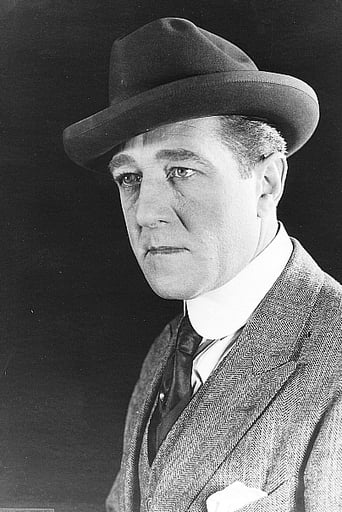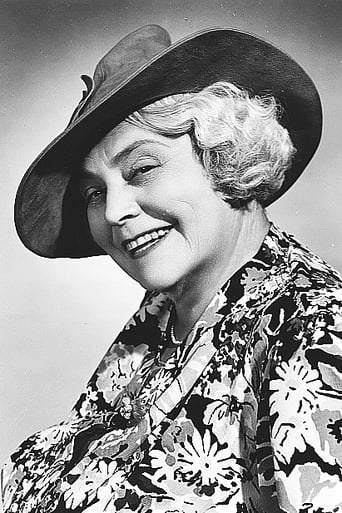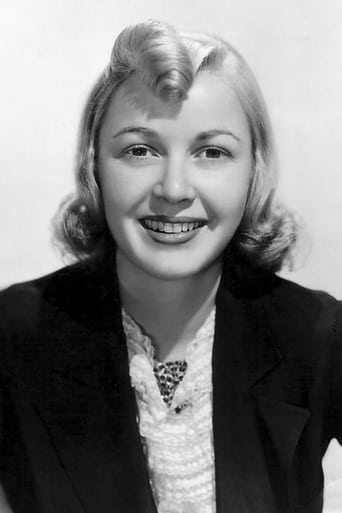A trio of former sideshow performers double as the "Unholy Three" in a scam to nab some shiny rocks.
Similar titles
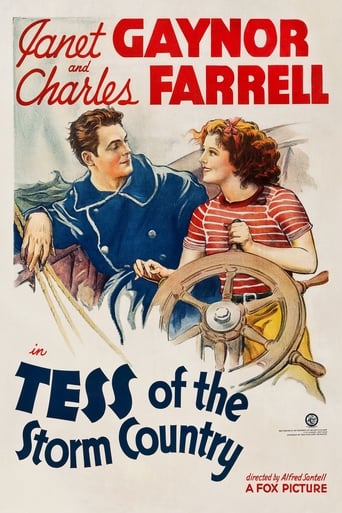

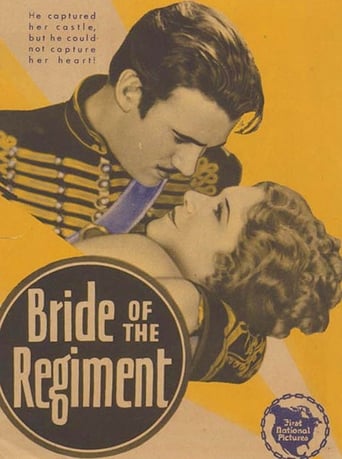

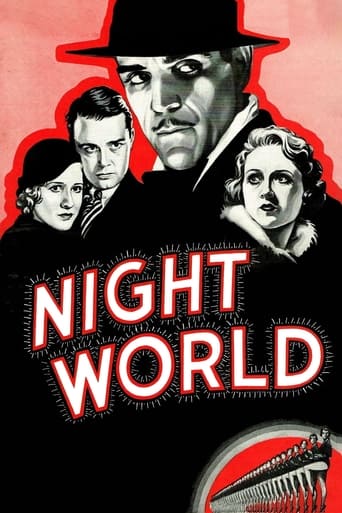
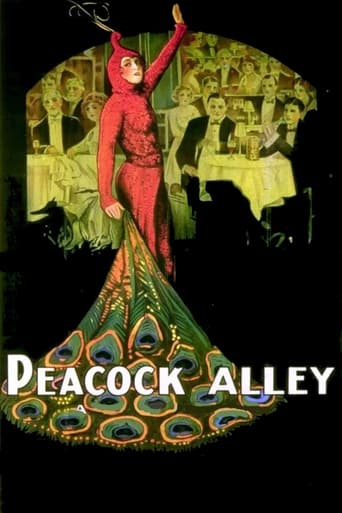
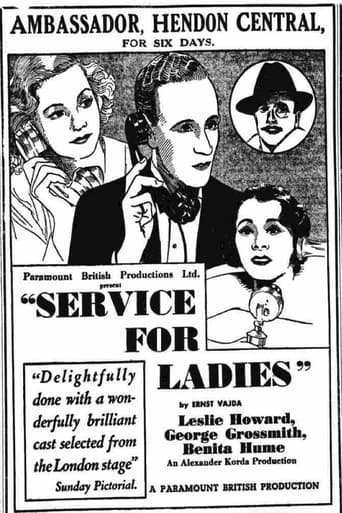
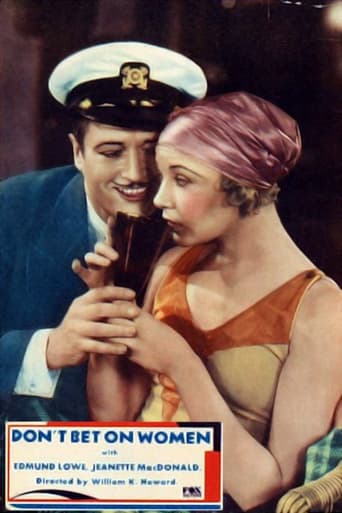
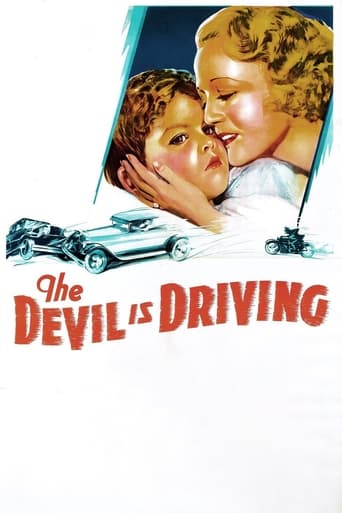

Reviews
Simply Perfect
Pretty good movie overall. First half was nothing special but it got better as it went along.
It is an exhilarating, distressing, funny and profound film, with one of the more memorable film scores in years,
Through painfully honest and emotional moments, the movie becomes irresistibly relatable
Remake of a 1925 silent thriller plays more like a comedy. A trio of sideshow performers poses as a family running a pet shop. The shop is a front for robberies they commit in the homes of their customers. Pretty dimwitted thinking, but so be it. Lon Chaney as the leader of the trio poses as a granny and a midget poses as his infant grandson. A strong man basically hides and does the thefts. Complications ensue when Chaney hires a young man to help in the shop, and the guy falls for Chaney's gal pal, who is a veteran pickpocket. The film is ripe for a MT3K reworking, with Chaney a thoroughly unconvincing granny and the midget speaking in a totally garbled manner. Oh, did I mention Chaney keeps a full grown gorilla as a pet? The gorilla is a guy in a suit, the same suit we have seen in about a hundred Z-grade Hollywood movies. The one standout in the cast is Lila Lee as Chaney's mistress. She's sexy and turns in a performance considerably less hammy than her fellow players in this very early talkie. This was Chaney's only talkie, I believe. Try to see the 1925 version. It is better in many ways.
Unholy Three, The (1930) ** 1/2 (out of 4) Pretty much a scene for scene remake of the 1925 film but this one here is in sound. Lon Chaney and Harry Earles return to repeat their roles from the original film. There really isn't anything better about this film but it does work fine on its own. The film moves at a faster pace but I see this as a negative thing because the film never really lets any tension build up. The poor recording equipment of the time makes it rather hard to understand some of the stuff Earles is saying. Chaney is very good in his final film role and his only sound film. The studio decided to turn the Man of a 1,000 Faces into the Man of 1,000 Voices for his sound films and Chaney does eleven different voices here. The added touch of some comedy works nicely as well.
I had an afternoon free so I decided to watch the two versions of this Lon Chaney classic back to back, the original 1925 version directed by Tod Browning, and this later sound remake, which was directed by Jack Conway. It's the story of a crooked carnival ventriloquist (Lon Chaney) who teams up with the midget (Harry Earles) and strong man (Ivan Linow) for a series of robberies. Chaney dresses as an old woman and Earles plays a baby to perfect their scheme. In many ways this was a precursor to the popular Little Rascals/Our Gang short subject FREE EATS, where a couple of gangsters act as parents to a couple of little people dressed as infants, mistakenly referred to as "fidgets".I thought this was a wildly entertaining story either way, though it's difficult to fairly judge one film or the other when they're viewed so close together like this. There are pros and cons to both movies for me, though I think I would give this 1930 sound re-do the edge over the previous silent. Of course, this rendition is notable not only for the fact that it's Lon Chaney's last film, but also that it's his one and only SOUND film. I found that I preferred Lila Lee in the role of Rosie O'Grady here as opposed to the silent actress, Mae Busch. I also thought this one had a better courtroom sequence, as well as a more satisfying wrap-up for an ending. The sound film moves more briskly, while the silent felt slightly overlong (though the other was still quite good, and well-directed).It was an amazing treat to get to hear Chaney in his only talking film, and he actually sounded very much as I'd always imagined he would from his gruff exterior. It's essential to hear him doing the voice of the old woman, which was lacking in the original. On the other hand, it was sometimes difficult to always understand the dialogue spoken by Harry Earles (as Tweedledee the midget) and Ivan Linow (as Hercules the strong man). Jack Conway didn't do a bad job at all with this take, but I wouldn't be a bit surprised if most fans feel partial to the silent original just because it was directed by the legendary Tod Browning. My advice is to see them both! **** out of ****
The 1930 version of The Unholy Three boasts a distinction that guarantees it permanent special status among film buffs: the great silent star Lon Chaney made his only talkie appearance here, shortly before his death from throat cancer at the age of 47. And it's worth noting that this a faithful remake of the 1925 silent version in which Chaney also starred, thus giving us a rare chance to compare two performances by the same actor in the same role but in two very different formats, and to compare the handling of the same material before and after the coming of sound. (When Hollywood remade hits from the silent era the lead roles were almost always recast; parts once played by Doug Fairbanks would go to Errol Flynn, Valentino's would go to Tyrone Power, etc.) This summer I was lucky enough to see restored prints of both versions of The Unholy Three back-to-back at the Museum of Modern Art in NYC, and the experience was fascinating.The plot has been outlined in detail elsewhere, but briefly it involves the criminal career of a trio from the "carny" world: a ventriloquist called Professor Echo (Chaney) who masquerades as an old lady, a strongman, and a midget who disguises himself as a baby. A pet shop is the front for their activities. The trio is accompanied by a thief named Rosie, and a patsy named Hector they've employed who is unaware of their identities and plans. When a heist goes awry the members of the gang turn against each other, and violence erupts.Based on my recent viewings I feel the silent version holds up best. This off-the-wall material plays better in the silent medium, though I found it surprising how similar the two films are when viewed consecutively. When Jack Conway took on directing chores for the remake he must have had a print of the 1925 version available for close study, because there are several sequences in which he follows Tod Browning's editing rhythms and scenic compositions almost exactly. (One example of the latter: the shadow images of the title characters' silhouettes, thrown onto a wall while they plot together.) Even the dialog in the talkie frequently quotes the silent version's title cards verbatim. The biggest change comes in the courtroom finale, where sound allowed the filmmakers to utilize Prof. Echo's vocal talents more creatively. The outcome of the trial is also different in the remake, and somewhat more believable; although the audience at MoMA was respectful toward both films the verdict in the silent version was greeted with a burst of laughter.Why is the silent version the stronger of the two? Certainly Chaney gives a charismatic performance in both films, somehow carrying the viewer past numerous credibility stretchers through sheer force of personality. In the talkie version he demonstrates a fine voice, deep and a little raspy (possibly a result of his medical condition), not unlike Wallace Beery's. Chaney is terrific in both films and is the main reason to see the remake. The 1930 version follows the original so closely we can't blame the writers for going astray, nor are the film's shortcomings entirely the fault of director Conway, at least where visual style is concerned, for he followed Browning's original almost shot-for-shot. No, I believe the difference has to do with the aesthetic gulf between silent and sound film. We're willing to suspend disbelief when watching a silent movie: we'll accept crazy events in silent cinema that would be unacceptable, absurd, or even horrifying (in the wrong sense of the word) in the world of sound. Case in point: one of the most outlandish elements can be found at the pet store, where the proprietors offer birds, hamsters, rabbits -- and a dangerous gorilla, confined in a big cage. No one seems to consider the gorilla's presence unusual. In the silent version, we note this oddity and roll right along. But in the talkie, the gorilla is laugh-provoking; and it doesn't help that instead of the actual simian used in the silent film, the 1930 version features a man in a highly unconvincing ape suit, the sort of tatty-looking costume you'd expect to find in a Bowery Boys comedy.Talkies aren't just silent movies with sound added, they're a new world with different rules, especially where pace is concerned. Early talkies tend to drag, and this one is no exception. Although the remake follows the original closely it feels slower because director Conway and his colleagues hadn't mastered the new medium; they hadn't yet developed that rat-a-tat editing tempo we find in the gangster movies and musicals produced just a year or two later. And although Chaney handled his dialog deftly some of his co-stars did not: both strongman Ivan Linow and "baby" Harry Earles speak with thick accents that are difficult to understand.It's fascinating to see (and hear) Chaney in a talkie, but the remake is fairly slow going. The second Unholy Three is a film that requires patience for the average viewer, though it's a must for anyone with an interest in early talkies, the silent era, and, of course, its star performer. I only wish Lon Chaney had recovered and lived to make more films, once Hollywood's directors had grasped the demands of the new technology and learned to make slicker, more stylish movies that would have displayed his talents to better advantage.
Top Streaming Movies












